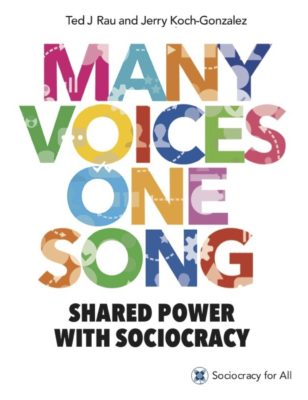Often heard: “We don’t use sociocracy or dynamic governance; we use consensus.” Or, “We don’t use dynamic governance; we use non-violent communication (NVC).
The simple problem with these oppositions is that neither consensus nor NVC are governance methods. They don’t come with a set of principles or practices for structuring an organization, managing operations, and ensuring that the appropriate people are making the necessary decisions.
Consensus is a method for making decisions, just like majority vote is used to make decisions.
NVC is a technique for clarifying one’s feelings and needs, and can be very helpful when making decisions.
To say that you govern or organize yourselves using either of these is to say you have no governance structure. In the case of consensus, you have a decision-making method, which is usually used by the whole group participating. In the case of NVC, you have is a method for each member to clarify their needs and attempt to have them met.
So What Is Governance?
A governance method determines: Who are the decision-makers and what decisions can they can make. How decisions are made. How resources—money and people—will be allocated. How policies be established and changed. How the work of the organization will be done. Who will determine what that work is. Most of our organizationsThe Delibrative Democracy Consortium (DDC)u is an alliance o..., of course, don’t do this very clearly. Or they do it from time to time but then things change and the policies and practices aren’t updated.
Organizations, like systems, need a coherent structure of relationships between parts and a clear flow of information and resources. A governance method is necessary to establish and maintain that structure. Neither consensus nor NVC provide this.
Categories: Decisions and Power, Leadership and Self-Organization

